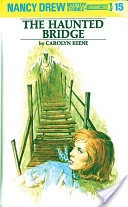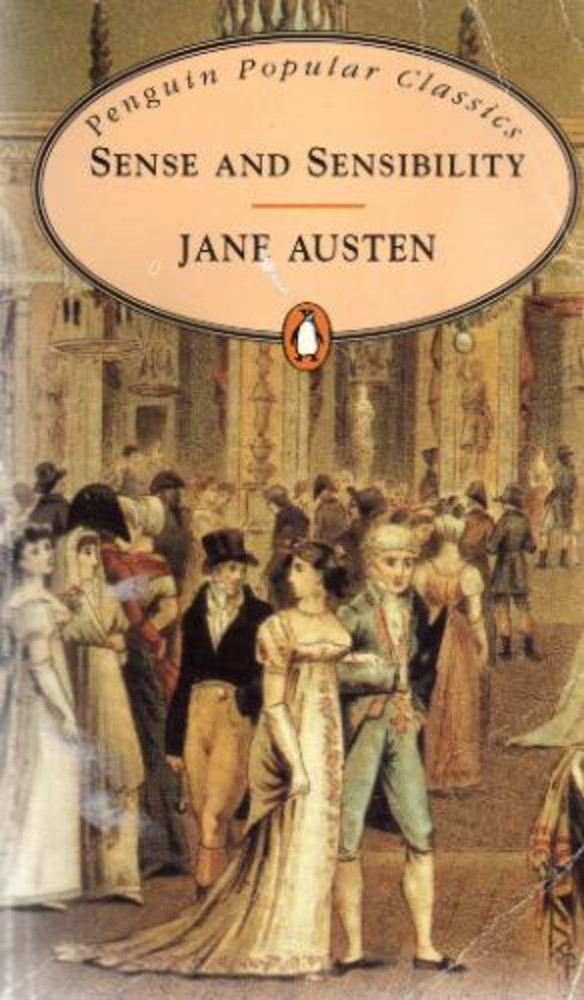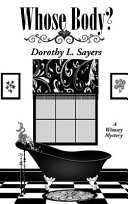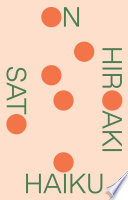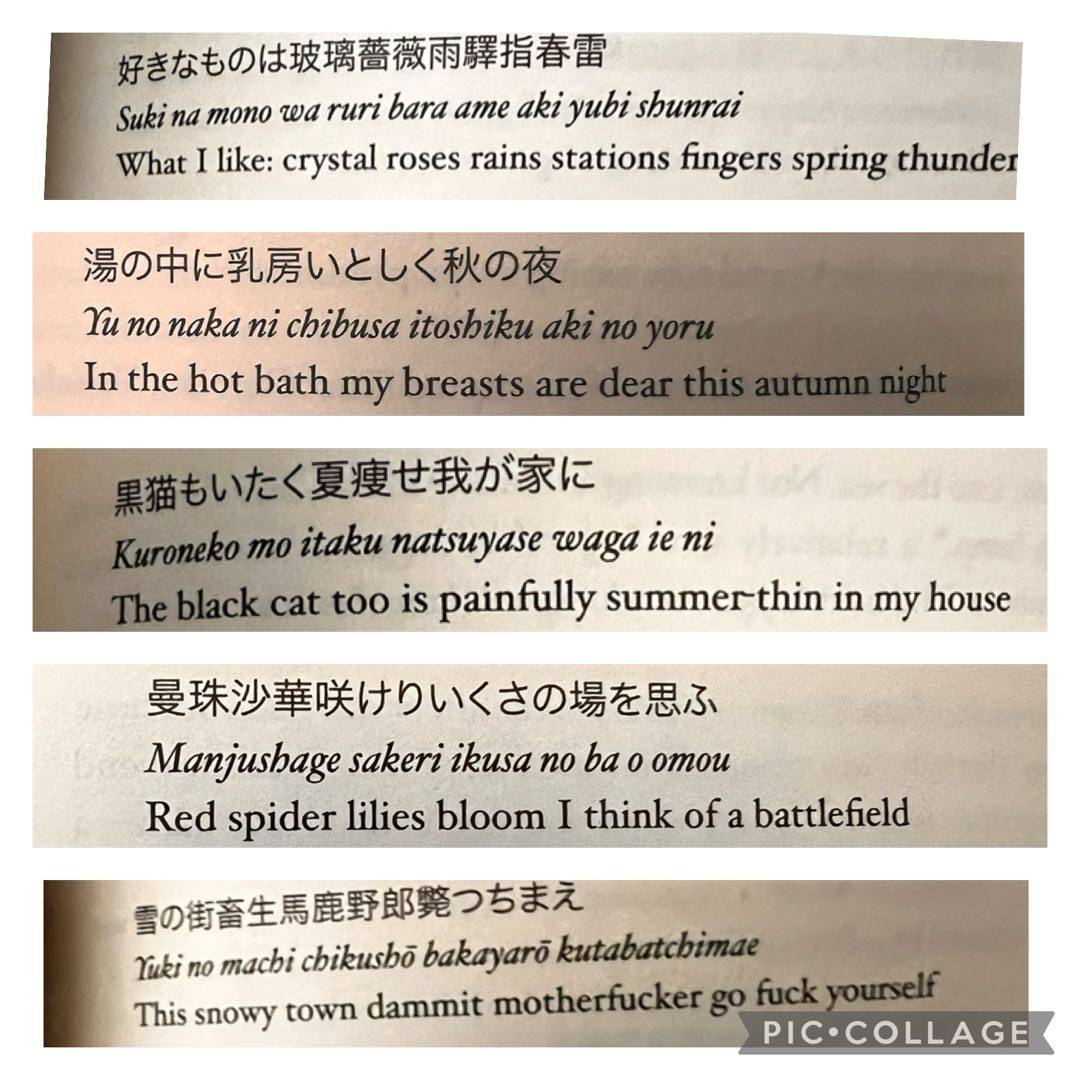
I wanted to share a few more favorites. I tried to pick a diverse selection. These are from prostitutes, soldiers, political activists. (I think all the ones in this picture were written around WWII). A lot of the haiku in this collection hadn‘t been translated into English previously.







